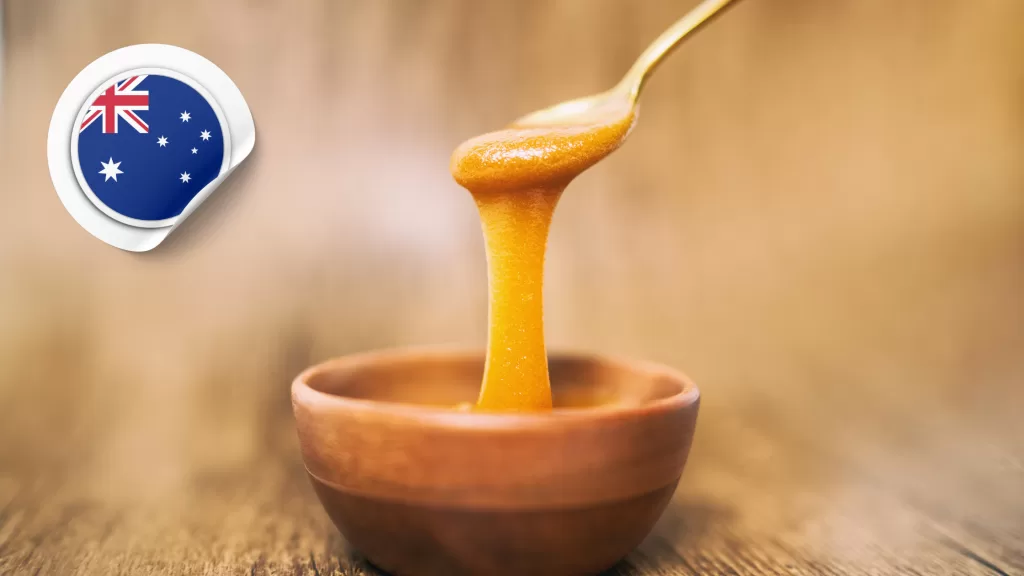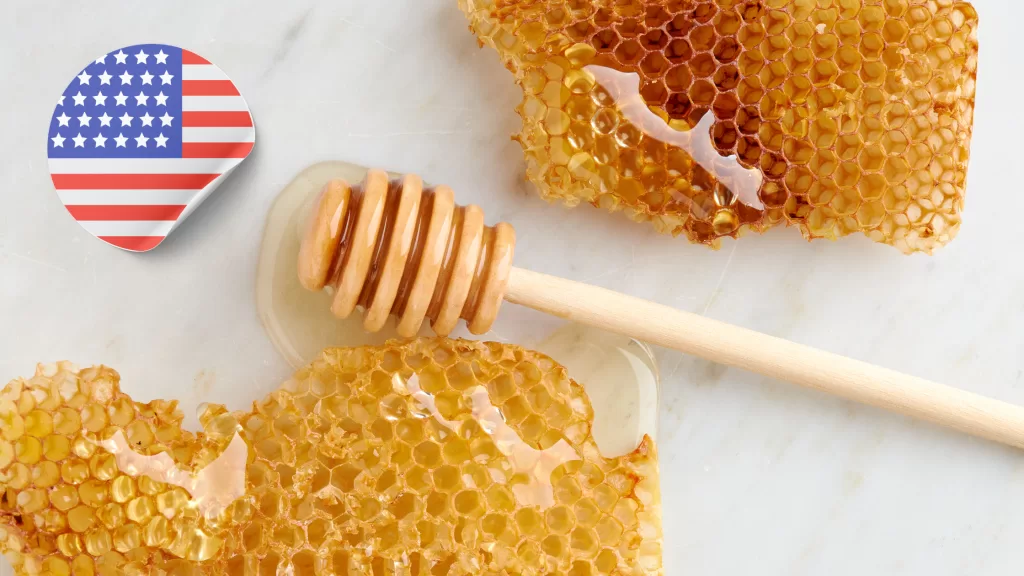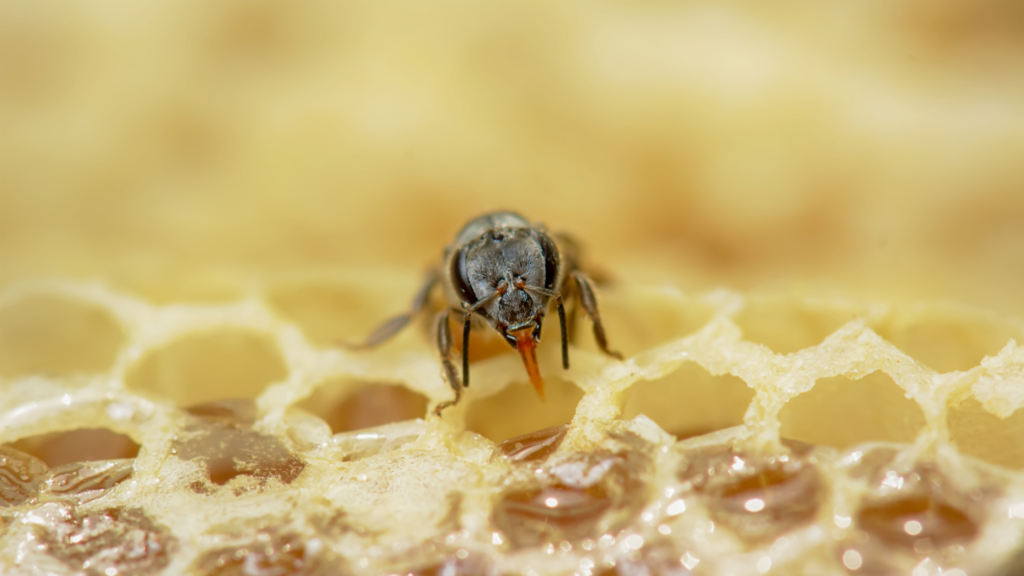Beeswax and its uses
Beeswax: Nature's Versatile Treasure and Its Wide Range of Uses
Beeswax is a remarkable substance produced by honeybees. With its distinctive scent, golden hue, and multitude of applications, beeswax has been cherished by humans for centuries. In this article, we will explore the fascinating world of beeswax, its composition, and the diverse ways in which it is utilized across various industries and everyday products.
Beeswax and its uses:
Beeswax is a natural wax secreted by worker bees in the hive. It is primarily composed of esters, fatty acids, and hydrocarbons. Worker bees produce beeswax from specialized glands on the undersides of their abdomens. They then use the wax to construct the hexagonal cells of the honeycomb, providing a structural foundation for raising brood and storing honey.
One of the oldest and most well-known uses of beeswax is in candle making. Beeswax candles are highly valued for their pleasant aroma, clean-burning properties, and warm, golden glow. They produce little soot and release negative ions when burned, which can help purify the air. Beeswax candles are popular for creating a cozy ambiance and are often considered a luxury choice for special occasions.
Beeswax is widely used in skincare and cosmetic products due to its emollient, protective, and nourishing properties. It forms a natural barrier on the skin, locking in moisture and shielding it from environmental aggressors. Beeswax is an ingredient in lip balms, lotions, creams, and salves, providing soothing relief and promoting skin health. Its compatibility with other natural ingredients makes it a popular choice for those seeking gentle and eco-friendly skincare solutions.
Beeswax is an excellent natural polish for wood furniture and leather goods. It creates a protective layer that enhances the shine, conditions the material, and helps prevent drying and cracking. Beeswax-based furniture and leather care products provide a non-toxic alternative to chemical-laden treatments, ensuring the longevity and beauty of cherished items.
Beeswax has a long history of use in food preservation. Its natural properties make it an ideal choice for coating cheese, fruits, and vegetables to extend their shelf life. The waxy coating helps seal in moisture, protects against spoilage, and inhibits the growth of bacteria and fungi. Beeswax wraps, which are fabric coated with a layer of beeswax, are also gaining popularity as a sustainable and reusable alternative to plastic wrap for food storage.
Beeswax’s pliable nature and ability to hold shape when heated have made it a favored medium for various crafts and artistic endeavors. Encaustic painting, an ancient technique that involves mixing pigments with molten beeswax, allows artists to create richly textured and luminous artworks. Beeswax is also used in sculpting, candle sculpting, batik art, and the creation of natural cosmetics.
Beeswax finds its way into numerous other products and industries. It is used in the formulation of polishes, lubricants, adhesives, and even dental materials. It can be found in the manufacturing of crayons, surfboard waxes, modeling waxes for jewelry-making, and as a component in natural hair care products like pomades and hair styling waxes.
Beeswax is a remarkable substance with a rich history and a wide range of uses. From candle making to skincare, furniture care to food preservation, and artistic creations to various industrial applications, beeswax showcases its versatility and natural benefits. Its sustainable production and eco-friendly nature make it a beloved ingredient across diverse industries, while its connection to the hive highlights the incredible ingenuity of honey bees. As we appreciate the countless ways beeswax enhances our lives, let us also remember the important role bees play in our ecosystems and the need to protect and support their populations for generations to come.
More From The Hive:

A Comprehensive Guide to Australian Honey: Types, Production, and Benefits
Australia is home to some of the world’s finest honey, known for its unique flavors, exceptional quality, and health benefits. Thanks to its diverse flora and pristine natural environment, Australia produces honey that reflects the rich biodiversity of its landscapes. Whether it’s the famous Manuka honey from the Leptospermum trees

An In-Depth Guide to Honey in the United States of America (USA): Types, Production, and Benefits
Honey, one of nature’s sweetest treasures, has been an integral part of human diets and cultures for thousands of years. In the United States of America (USA), honey production is not only a thriving industry but also a testament to the country’s diverse ecosystems. From the tropical blossoms of Florida

The Small Honey Bee (Apis florea): A Comprehensive Guide to One of Nature’s Tiny Pollinators
The Small Honey Bee, scientifically known as Apis florea, is one of the lesser-known species of honey bees, yet it plays a vital role in the ecosystems of Asia and parts of the Middle East. Despite its size, the Apis florea bee is a remarkable pollinator, and its unique biology

Exploring the Sweet Diversity of Canadian Honey: A Guide to Types and Flavors
Canada is home to a rich tapestry of landscapes and climates, each contributing to the unique flavors and types of honey produced across the country. From the prairies of Alberta to the forests of British Columbia, Canadian honey reflects the diverse flora that bees visit. In this blog, we will

The Rock Honey Bee (Apis laboriosa): Guardians of the Himalayan Honey
The Rock Honey Bee (Apis laboriosa) is an awe-inspiring species that thrives in the rugged landscapes of the Himalayas, where it builds massive nests on vertical cliffs. Known for producing highly prized wild honey and for its ability to endure extreme mountain conditions, this bee species has captivated researchers, beekeepers,

The Giant Honey Bee (Apis dorsata): Nature’s Fearless Honey Maker
The Giant Honey Bee, scientifically known as Apis dorsata, is a remarkable species native to South and Southeast Asia. Known for its impressive size, bold temperament, and incredible honey-producing capabilities, this bee plays a crucial role in the ecosystem and supports human livelihoods. Despite its importance, the Giant Honey Bee
